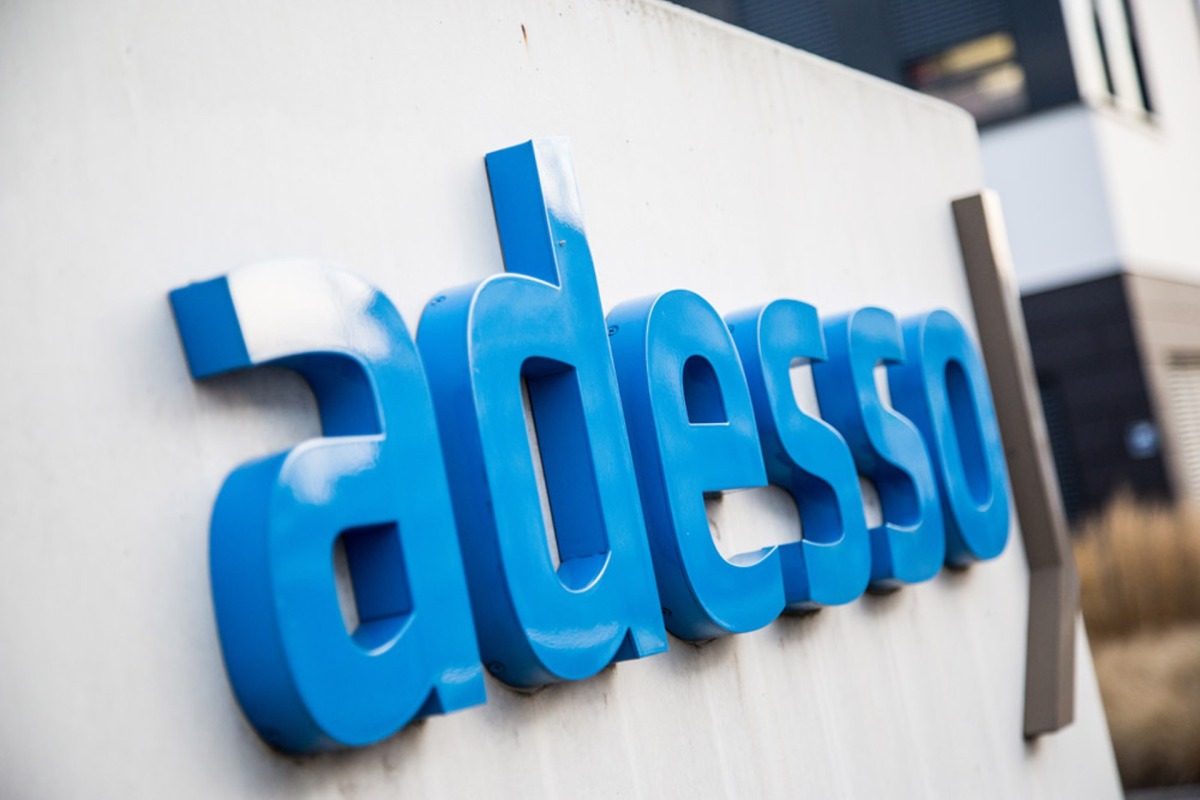Many insurance providers have already digitalised their services on their customer interface. However, they need to play catch up with the internal work processes that still require a lot of manual activity. Digitalising or automating these processes to make them faster and more efficient is often a difficult feat to accomplish while still conducting day-to-day business. This is because many existing legacy systems have little to no interfaces, which makes them very inflexible.
Low-code solutions have the potential to solve this dilemma. Process diagrams and ready-made modules enable insurance providers to implement their digitalisation projects with significantly less or even no programming effort, thereby reducing their employees’ workload. Using the right low-code platform and solution strategy can provide a valuable supplement to a company’s legacy systems and accelerate the digital transformation both in house and externally.



